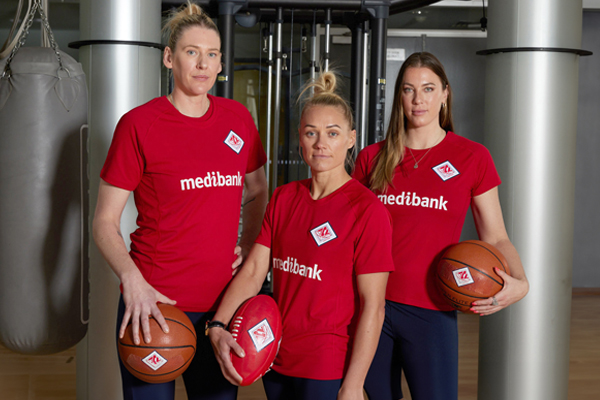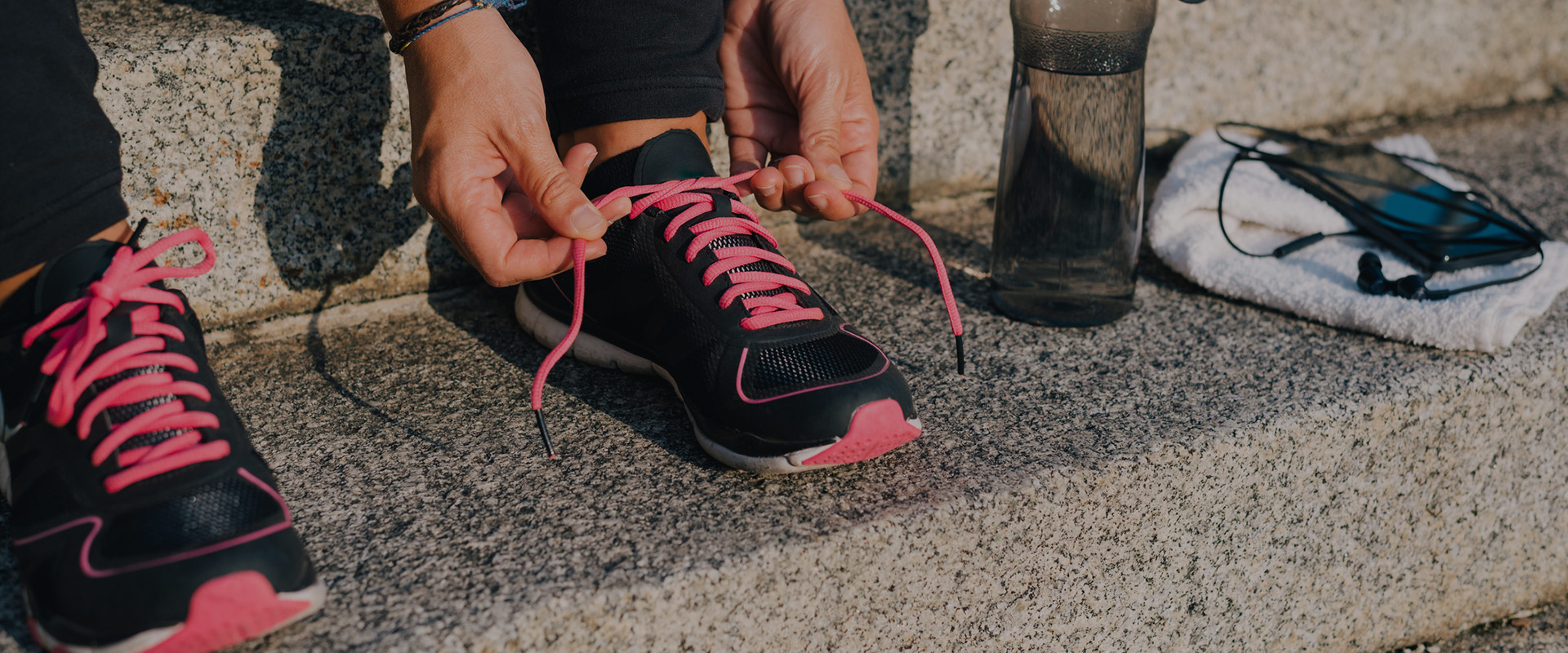-
If you’re among the 47 per cent of Australians who participate in sport at least twice a week, you’ll know that your performance is only as good as the physical condition your body is in. While muscle flexibility and strength, physical endurance and coordination are key factors in how we perform, have you ever thought about the role your vision plays?
Professional athletes vs. the rest of us
So, how important is vision for sport? For professional athletes, it’s vital – a top sportsperson may have a qualified vision trainer on top of a host of other coaches. The NSW Institute of Sport even has a ‘Sports Vision Scientist’ on board. While enthusiastic amateurs don’t need to employ a ‘Vision Consultant’, it can be interesting and beneficial to understand the extent to which vision affects sports performance.
Dynamic visual acuity
Ball sports such as tennis, soccer or rugby require a player to be able to see an object clearly as it’s moving at high speed. Dynamic visual acuity refers to the ability to focus on the object in question and immediately send clear and precise information to the brain, so a split second decision can be highly influential on results.
Like exercising, we can train to improve our dynamic visual acuity. Go online and you’ll find a number of easy eye exercises, including side-to-side, top-to-bottom and near-to-far eye movements to enhance overall focus and accuracy in high-speed situations.
Visual tracking
Most sports require a degree of co-ordination, with visual tracking a critical component. Contacting the racquet or bat to the ball, scoring that goal or judging a distance for a throw all place exceptional demands on our vision. Research shows that professional vs. amateur ball players exhibit quite distinct visual tracking patterns, which partly accounts for the difference in their high levels of performance.
Eye dominance
Everyone has a ‘dominant’ eye, even if the difference is very slight. For a professional, the aim is to achieve what is called ‘binocular vision’. This refers to the ability to maintain visual focus on an object with both eyes – it’s the ‘two eyes are better than one’ philosophy.
An amateur athlete can train to achieve binocular vision, although this is a fairly specialised field that requires a professional visual trainer. Even the most enthusiastic amateur is unlikely to need to go this far, but when the competitive spirit burns perhaps even non-professionals might go to any lengths to find a sporting edge!
Glasses and contact lenses
There is a reason you don’t see anyone who plays professional sports wearing glasses – the two just don’t mix. While some players may wear contact lenses, the majority of pros who have a refractive problem such as short-sightedness, long-sightedness or astigmatism will turn to laser eye surgery to enhance their vision. While laser surgery can be significantly performance enhancing, it is not banned by any sporting organization – so it’s a rare opportunities to gain an advantage without breaking any rules.
For more information visit visioneyeinstitute.com.au
To find a Medibank Members Choice optometrist visit medibank.com.au
Sports vision

-
Everything you need to know about parkrun
Been wondering what a parkrun looks like? Where do you go? What do you do? How do you sign up? Find out here.
-
Five ways to exercise when on a budget
You don’t need to spend money on gym memberships just to meet your fitness goals. Here are five free ways to stay healthy and active when you’re living on a budget.
-
How parkrun changed my life
Christie Farrow went from being an exercise-phobe to a true blue runner with parkrun.
-
Australia's top female athletes unite on ACL injury
Some of Australia's most talented athletes have joined forces to highlight the unique injury challenges women face.
-
How to create your perfect summer fitness plan
Be inspired by the sunshine and get moving
-
The essential foam rolling routine
Improve posture and flexibility with this essential foam rolling routine. Discover effective stretches to ease muscle tightness and enhance your daily movement.
Subscribe to receive the best from Live Better every week. Healthy recipes, exercise tips and activities, offers and promotions – everything to help you eat, move and feel better.
By clicking sign up I understand and agree to Medibank's privacy policy






